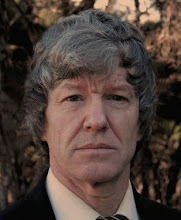New research from the Niels Bohr Institute at the University of Copenhagen indicates that, contrary to previous opinion, the rise in temperature and the rise in the atmospheric CO2 follow each other closely in terms of time. The results have been published in the scientific journal, Climate of the Past, reports ScienceDaily.
'What we are observing in the present day is the mankind has caused the CO2 content in the atmosphere to rise as much in just 150 years as it rose over 8,000 years during the transition from the last ice age to the current interglacial period and that can bring the Earth's climate out of balance,'says Sune Olander Rasmussen, Associate Professor and centre coordinator at the Centre for Ice and Climate at the Niels Bohr Institute.
The research, which was carried out in collaboration with researchers from the University of Tasmania in Australia, is based on measurements of ice cores from five boreholes through the ice sheet in Antarctica. The ice-sheet is formed by snow that doesn't melt, but remains year after year and is gradually compressed into kilometers thick ice. During the compression, air is trapped between the snowflakes and as a result the ice contains tiny samples of ancient atmospheres. The composition of the ice also shows what the temperature was when the snow fell, so it is an archive of past climate and atmospheric composition.



